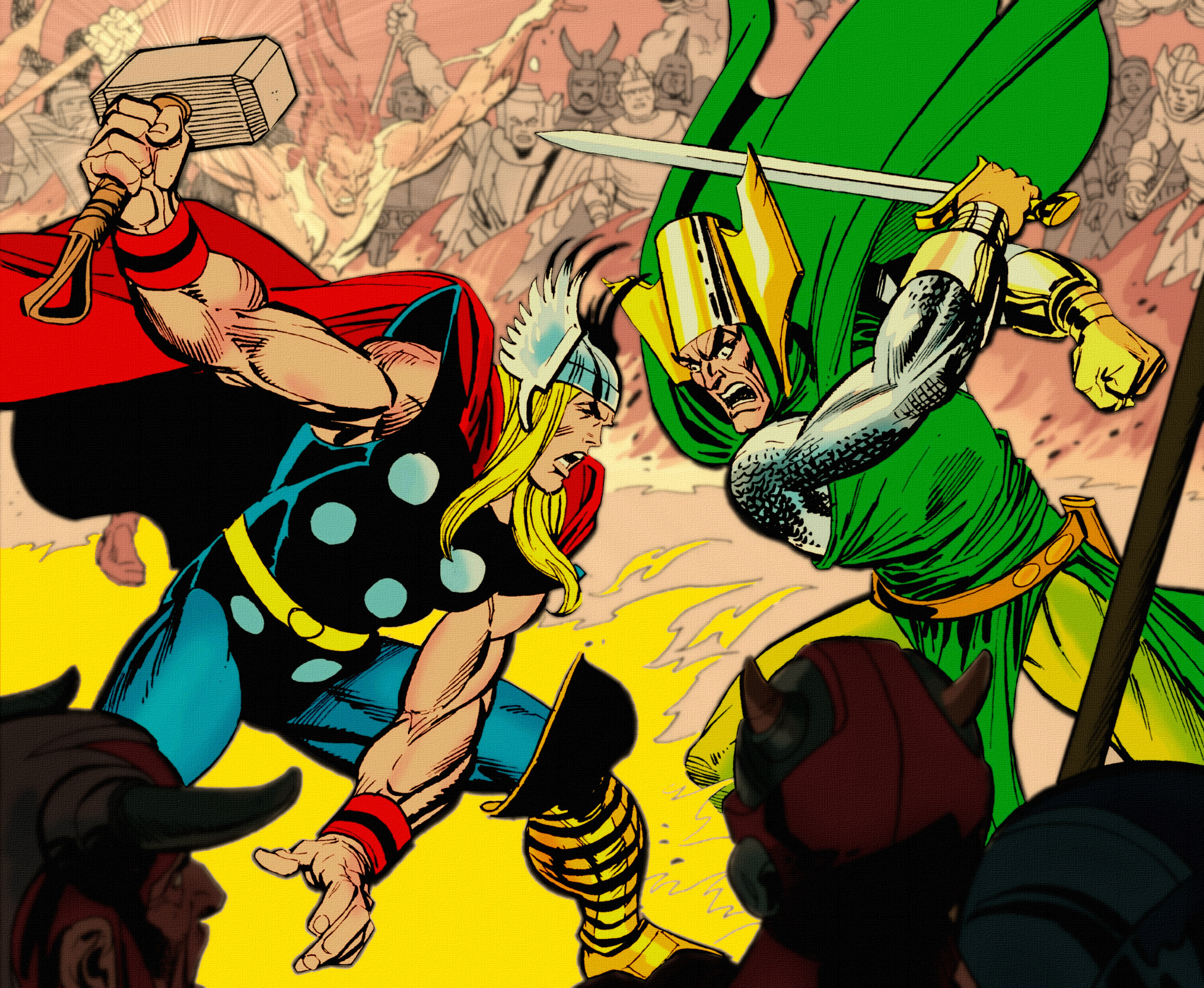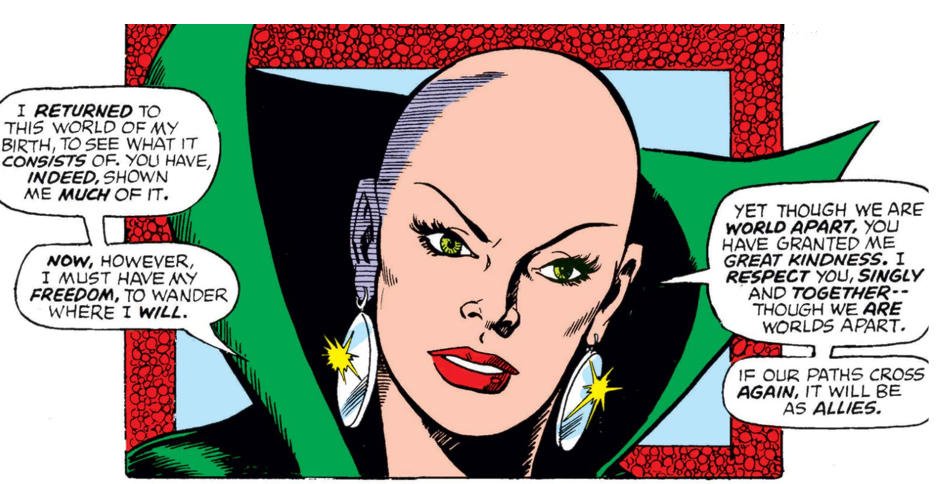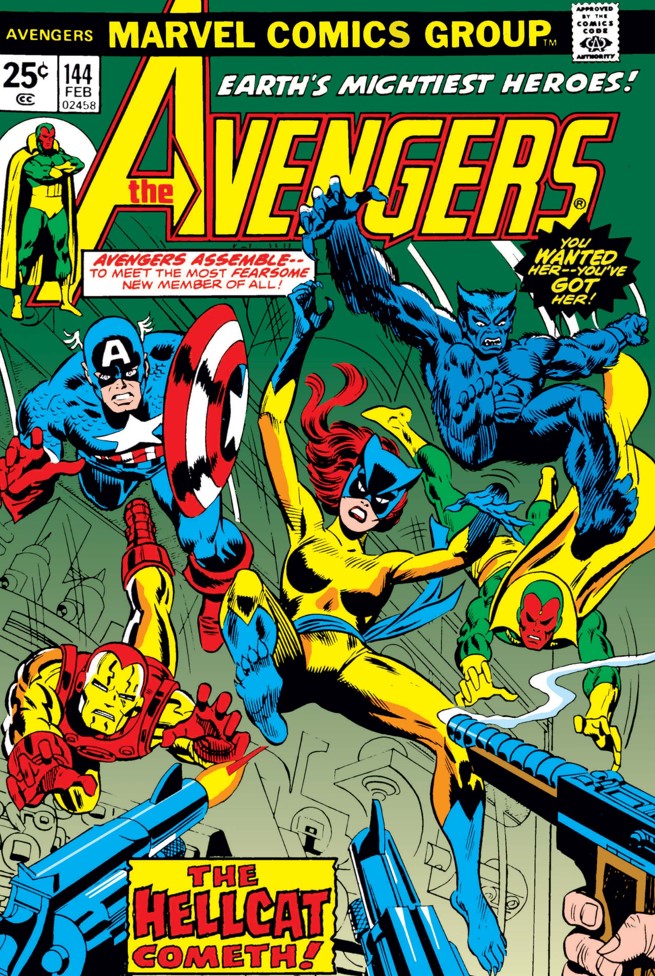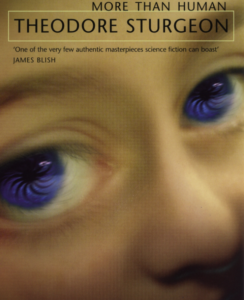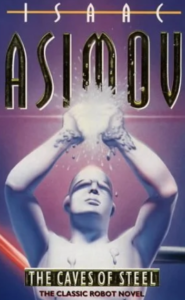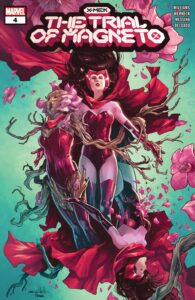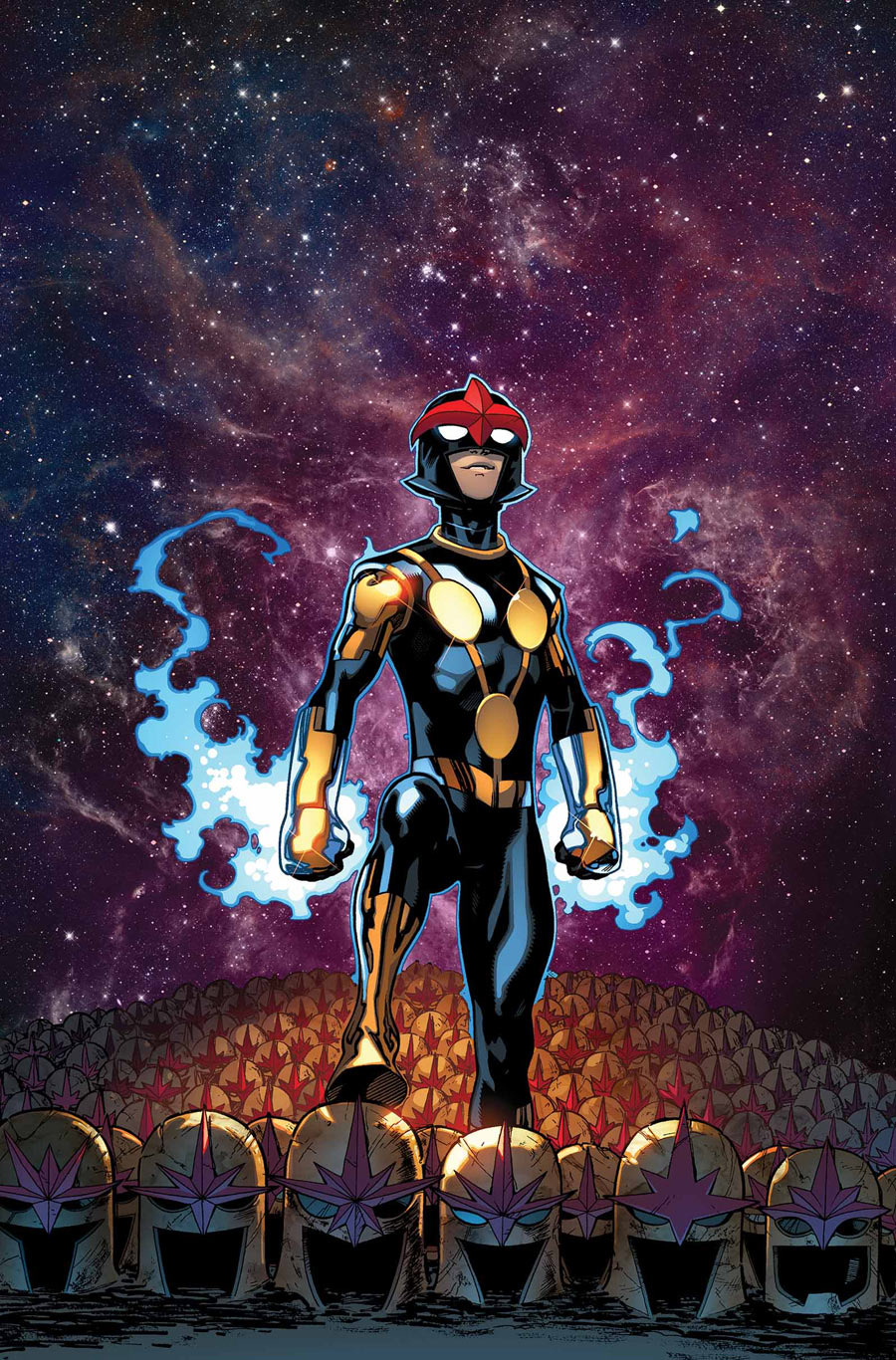
Although he was never an A-Lister, Richard Rider’s Nova has always been a fan favorite. Created in the 70’s by comic legends Marv Wolfman and John Romita Sr., Nova burst into the Marvel Universe with his own short-lived series. Rider was only a high school student when he got his powers and was meant to act more like a Spider-Man type on the Cosmic side of Marvel. He would become someone readers could see themselves in as they plunge into the early Marvel Cosmic stuff. Eventually, he joined the C-list superhero team New Warriors for most of the 90’s, taking on new adventures with them. The following decade would see him garner a strong fandom, with Abnett and Lanning’s now-iconic run on the character kicking things off. Between 2006’s Annihilation and his death in 2010’s Thanos Imperative, Nova was partly responsible for revitalizing Marvel Cosmic, transforming it into a vast, interesting, and eccentric part of the universe that had been mostly forgotten in the past. [Read more…] about Marvel THEN! Nova, The Boy Wonder of Marvel Cosmic
